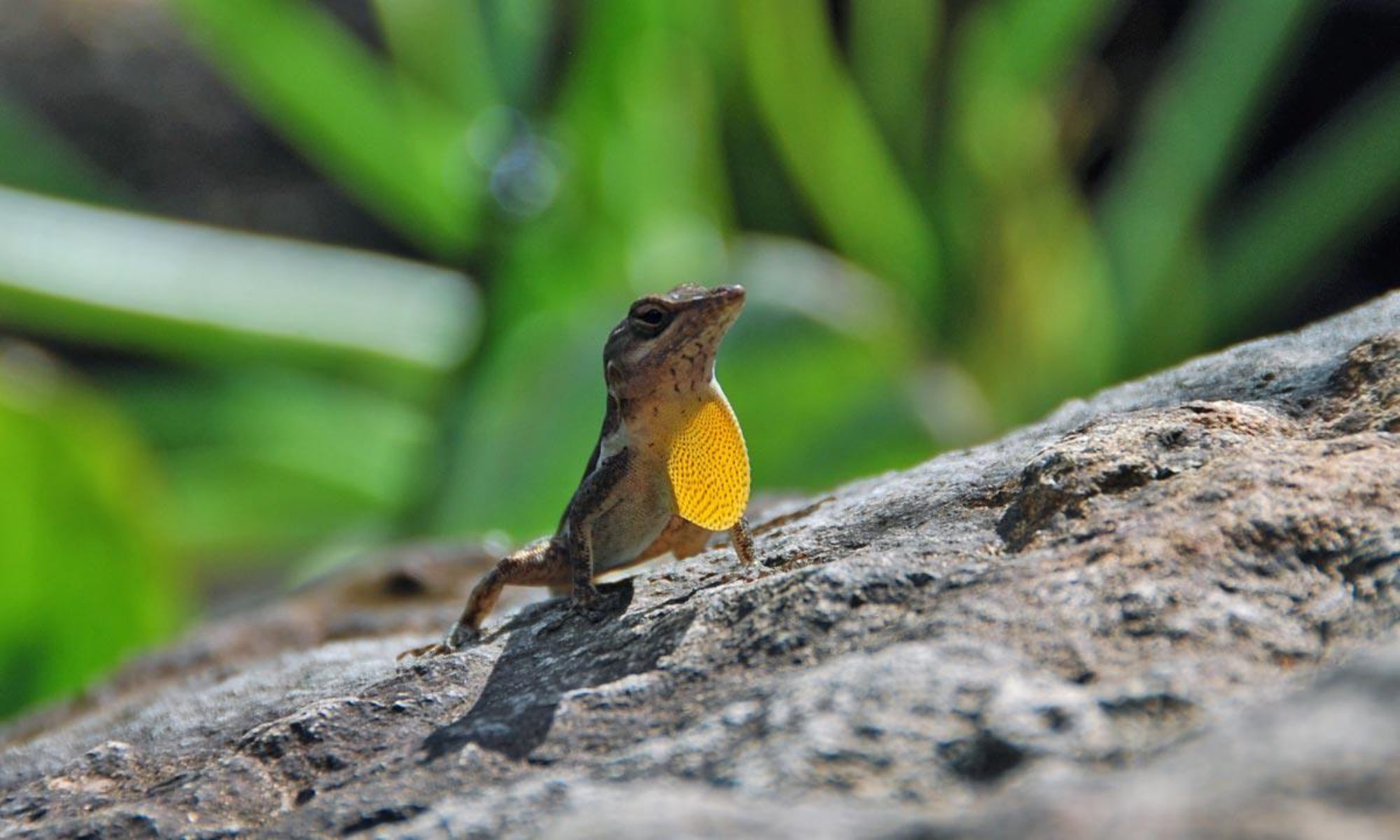Green SXM Pilot Compost Project
The Green SXM Pilot Compost Project is an add-as-you-go pile designed and scaled to process the waste created in a restaurant that serves between 400-500 meals a week. While the restaurant could provide more waste, we chose the 1 cubic meter limit because of the work required balancing the fruit and vegetable waste with enough carbon. Also, 40-50 lbs of food waste every two days is just the right amount to mix in one standard size wheelbarrow.

Green SXM Pilot Compost Project: Week 1
We have a business providing us with shredded cardboard – a good source of carbon which can be broken down quickly. Recycling cardboard is the most eco-friendly way of treating paper waste, however we lack facilities in Dutch St Maarten so composting it is the next best alternative.
The final feed-stock is chipped wood, mostly from trees brought down in Hurricane Irma. Downed trees don’t actually need to be composted, they can be piled up and allowed to rot naturally. While this happens, they provide a great home to many critters. However, space is often an issue, and we find that most of the Irma plant debris in the neighborhood was indeed taken to the dump. (Unmanaged wood piles can also become a fire hazard.)
Goal of the Pilot Project
The main goal of the Pilot Aerated Static Pile Compost Project is to look at ways of reducing waste going to the landfill. Organic waste causes numerous problems at landfills, and up to an estimated 51% of waste could be composted.
In a landfill, the byproduct of organic waste is toxic runoff, excessive combustible material, toxic smoke, and greenhouse gasses. In an aerobic composter, the byproduct is compost – a valuable soil amendment which can be used to improve plant growth, and amend soil to improve water retention. This helps to prevent flash flooding and fertilizer runoff from reaching the sea.
Building a Large Compost Pile from Scratch
We prepared the composter with an 8-inch layer of loosely packed dried yard waste. This allows the air to flow freely into the pile as well as absorbing and filtering any possible leachate. (Leachate is unlikely, as the pile is covered.)
On day 0 we received 53 lbs ( 4 bucket loads – about 1.4 cubic feet or 40 liters) of fruit and vegetable waste which was mixed with 3 buckets of wood chips and 3 buckets of shredded cardboard. The resulting mix is estimated at about 22:1 carbon to nitrogen using the Klickitat County Compost Mix Calculator. This was topped with 3 buckets of shredded cardboard and 3 buckets of wood chips, well mixed and dampened, bringing the overall ratio just above 30:1.
The shredded cardboard and wood chips act as a bio filter, helping to reduce odors and gasses created by the aerobic bacteria. Ideally, finished compost is used as a biofilter, but as we are just starting there is none to spare!
The initial temperature of the feed-stock was 84 degrees Fahrenheit. In 24 hours it jumped 25 degrees to 109 degrees Fahrenheit, peaking on day two at 114 degrees. The initial temperature is lower than the goal of 130 for three days, partially because there is not yet enough volume of material to generate and sustain enough heat.
Adding To The Compost Pile
On day 3 we scraped back most of the biofilter before adding the next layer. We mixed 40 lbs (3 buckets) of fruit and vegetable waste to 2 buckets of wood chips and 1 bucket of cardboard (about 25:1). Again we topped it with a biofilter of 2 buckets of wood chips and 1 bucket of shredded cardboard. This was dampened and well mixed, keeping the overall ratio at about 30:1.
On day 5 we did the same as day three – 40 lbs of food waste and enough carbon to make a 30:1 mix.
On day 6 the temperature was up to 135 degrees Fahrenheit. This is comfortably within the ‘magic‘ hot compost range! The goal is to sustain this temperature (but not go too much higher) for three days to kill off unwanted weed seeds and bacteria.

Green SXM Pilot Compost Project: Week 1 Recap
Food Waste: 133lbs – 10 buckets / 100 liters / 3.5 cubic feet
Wood Chips: 14 buckets / 140 liters / 4.9 cubic feet
Cardboard/Newspaper: 10 buckets / 100 liters / 3.5 cubic feet
Yard Waste: 6 buckets / 60 liters / 2.1 cubic feet
Time: 4 hours mixing/chipping/shredding
Total Kept Out of the Landfill Week 1:
400 liters / 14 cubic feet / 330 lbs / 150 kg (estimated wet weight)

